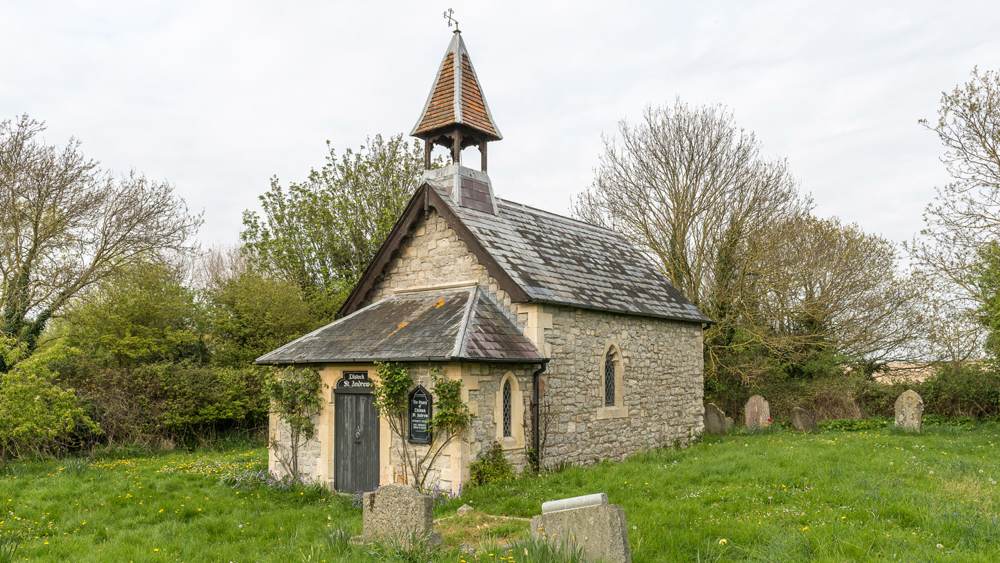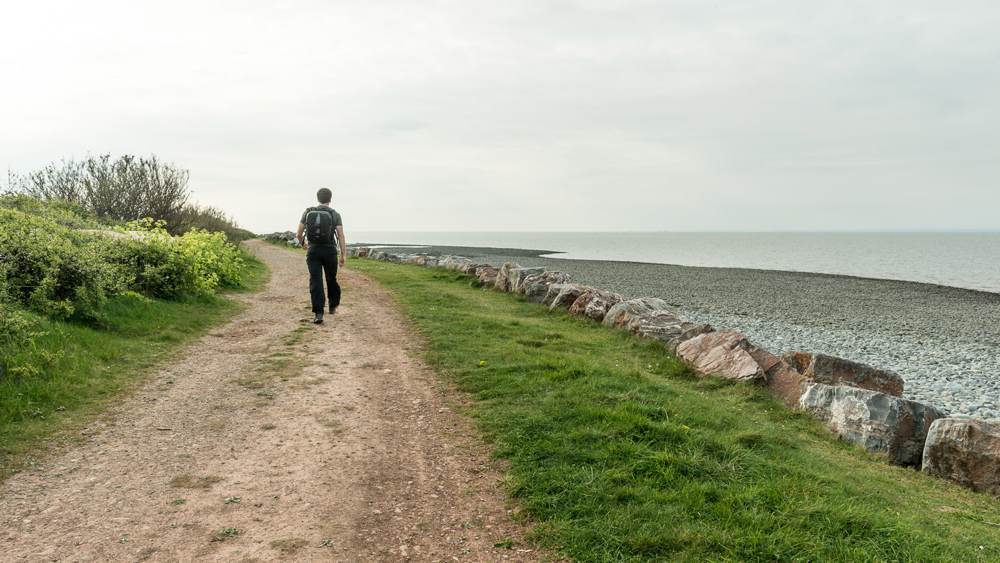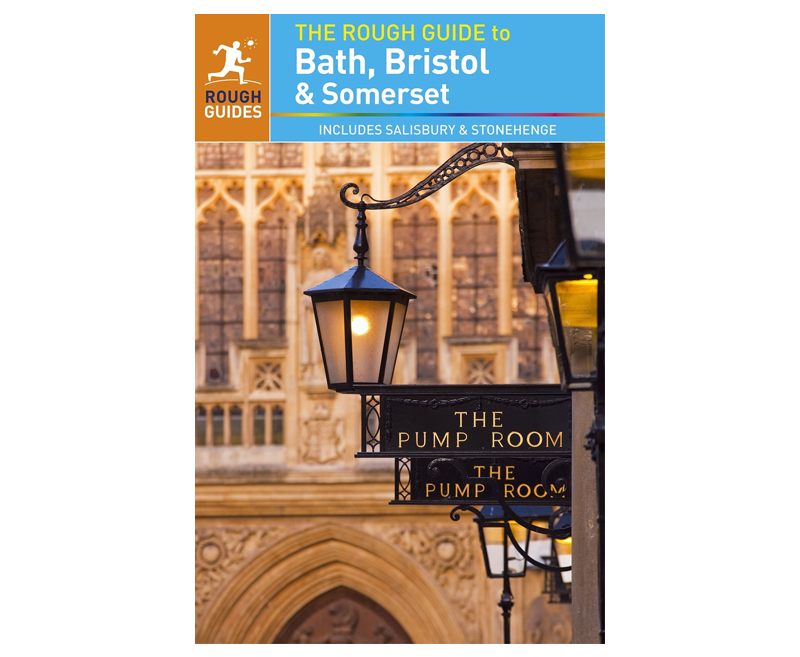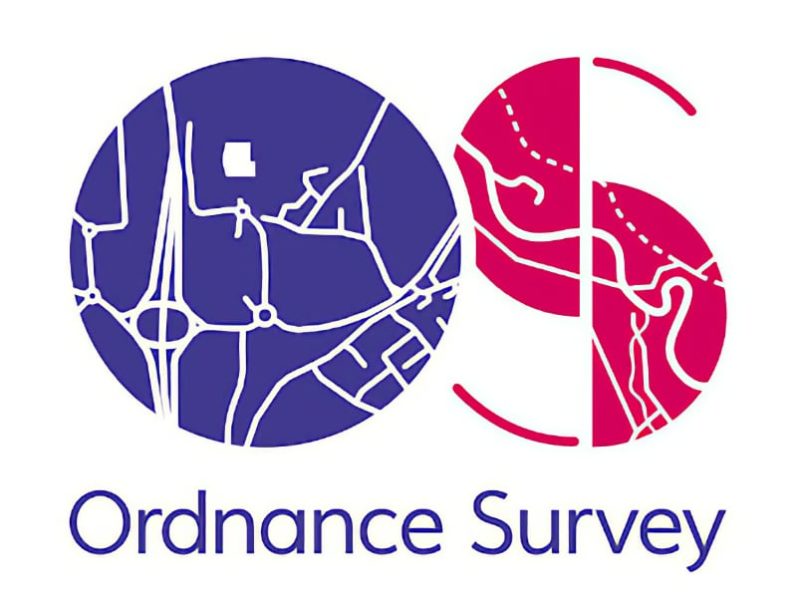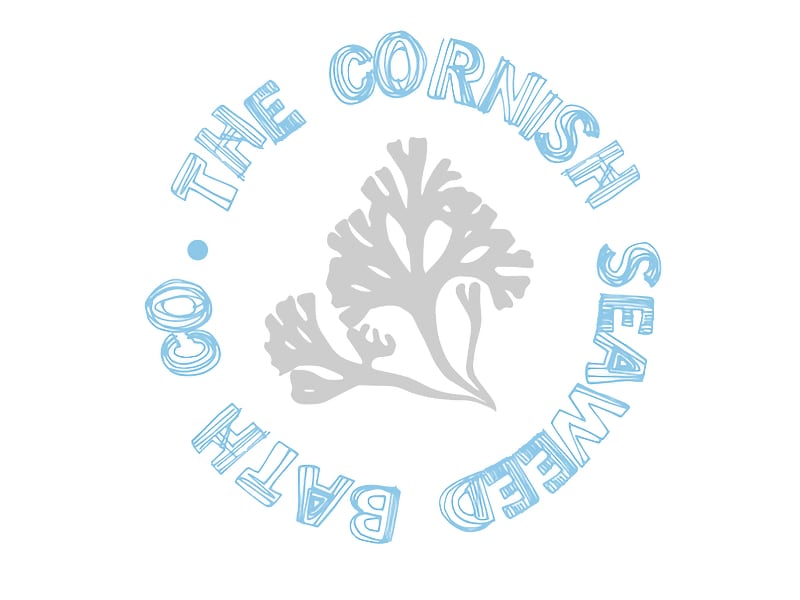Click to zoom …
Walk Details
Lilstock is the site of a port established by the Acland-Hoods, the local Lords of the Manor.
The port would have serviced an extensive estate bringing goods and coal for the estate’s fires and limestone for lime wash, lime mortar and fertiliser.
The beach to the west contains blue lias pavements – an historic source of paving slabs – and is littered with fossil rich rocks.
Points of interest:
Beautiful and tiny abandoned church of St Andrew’s, Blue lias pavements, fossils, wildlife including Buzzards and Egrets, the deserted small port, once a thriving harbour.
From Lilstock Car Park walk back along the access track until you reach the road. Turn right and walk along the road past Lilstock Farm on your left. Continue along the road uphill then follow the road round to the left.
A short distance on is the entrance to St Andrew’s Church.Turn left into the churchyard and take some time to appreciate this ancient and peaceful place.
The redundant church was partly demolished in 1881 except for the 14th Century chancel which remains as a place of quiet contemplation. The graveyard contains a beautiful array of both wild and cultivated flowers.
Continue along the lane, ignoring side turnings and ascend the hill where gaps in the hedge on your right afford wonderful views of the Quantock Hills and Exmoor in the distance.
Stay on the lane and you will eventually come to St Nicholas Church, Kilton on your right. This church is also redundant and now privately owned, but you may enter the churchyard – which is next to an ancient hunting park.
From the church retrace your steps back along the lane until you come to a lane on the right. Turn right into the lane and follow it until you come to a T-junction with another lane.
Turn right, then bear left and continue along the road until it turns right. At this point leave the road and continue straight ahead on the permissive footpath. Continue on this path until you come to a track.
Turn left and follow this track which is known as The Old Coach Road which linked the small port to the Fair eld House and its vast estate.
Continue on this track until you come to a 2-in-1 gate. Go through the gate and veer slightly to the left to join the England Coast Path.
Along this stretch of coast there is an abundance of Pyramid Orchids and occasionally, the rarer, Bee Orchid. Continue west and you will eventually go down the hill to come to another gate. Go through the gate and walk towards the track.
Turn left to follow the path back to the car park or turn right and walk towards the coast, then right again and walk along the path.
On your right is the site of what was Lilstock Harbour. The remnants of the slipway and the old dry dock can still be seen running through the pebble beach.
Running along the front is the 19th Century promenade laid out by Sir Peregrine Acland-Hood to allow his sickly daughter to be driven up and down in a pony and trap.
Within the foot of the cliffs are the remains of an old hotel, houses and lime-kilns and further west are buildings used as sea defences during the Second World War.
Retrace your steps back and along the path back to the Car Park.
Facilities: The nearest public toilets are at the car parks at Kilve or Nether Stowey, along with shops and pubs. There is a café at Nether Stowey and Stogursey.
All information correct at the time of publication.
 Nearest Train (or tube) Station(s):
Nearest Train (or tube) Station(s):
Weston-super-mare

